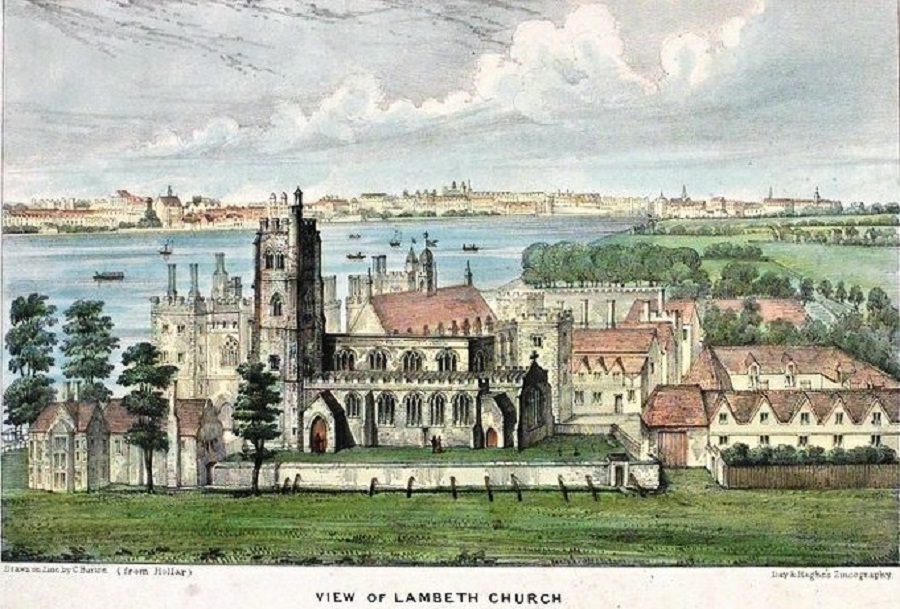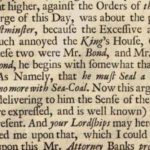 I was thinking of what to post as an image this week, given this time of mourning for HM**** QEII. And here it is – the declaration of the passing and proclamation of the new sovereignty… in British Antarctica. The penguins now know. Which is good. Because they told the bees, too. It’s been an unsettling week for a mildly pro-Commonwealthy Canadian like me and some of mine. A cousin stood in line for hour in Edinburgh to pay respect. Others including others of mine are acting as if Thatcher died again.* I get it… though I don’t get Americans (the land founded on and continuing to benefit from genocide, slavery and treaty denial) joining in the kicking – while denying any such assessment applies to them. But this is not about sanity. This is about feelings. And folk have many sorts of numb dumb feels that come forward at times like this. And sad feels. And respectful feels. It’s OK. Feel your feels. But just remember that we have section 176 of the Criminal Code here in Canada, buster. No harranging.
I was thinking of what to post as an image this week, given this time of mourning for HM**** QEII. And here it is – the declaration of the passing and proclamation of the new sovereignty… in British Antarctica. The penguins now know. Which is good. Because they told the bees, too. It’s been an unsettling week for a mildly pro-Commonwealthy Canadian like me and some of mine. A cousin stood in line for hour in Edinburgh to pay respect. Others including others of mine are acting as if Thatcher died again.* I get it… though I don’t get Americans (the land founded on and continuing to benefit from genocide, slavery and treaty denial) joining in the kicking – while denying any such assessment applies to them. But this is not about sanity. This is about feelings. And folk have many sorts of numb dumb feels that come forward at times like this. And sad feels. And respectful feels. It’s OK. Feel your feels. But just remember that we have section 176 of the Criminal Code here in Canada, buster. No harranging.
 Moving away from that news and a little bit, what has gone on out there this week? Well, one lad named Brad has moved to the future – to the Coronation of CRIII in fact – and has an posted an image of the two bottles he plans to open for that big day: a 1952 paired with a 1911! Click on the image for some crisp labeling action. You may moderate your jealousy safe in the knowledge that the contents taste like cardboard – BUT… it’s the thought that counts.
Moving away from that news and a little bit, what has gone on out there this week? Well, one lad named Brad has moved to the future – to the Coronation of CRIII in fact – and has an posted an image of the two bottles he plans to open for that big day: a 1952 paired with a 1911! Click on the image for some crisp labeling action. You may moderate your jealousy safe in the knowledge that the contents taste like cardboard – BUT… it’s the thought that counts.
Regardless of how you are feeling… how about just getting outside. Stonch marched 45 km on Tuesday in the Black Forest. And the season of harvest is still upon us guiding us to visions of the ease of making ales along with the joys of home home growing. Kate Sewell posted an excellent photo essay on her team’s efforts, including a bit of child labour enlistment…
Now… maybe giving equal time in the free time political broadcast sense, we turn to The Beer Nut of Ireland who (like B+B) posted this week about getting out in about… visiting London, England and crawling, as they say, amongst its bars. He shared a very firm recommendation on one particular supp:
A&H London Black is a masterpiece of stouty complexity, absolutely packed with flavour. Not way-out or weird flavours, it’s still predominantly chocolate and coffee as it should be, but present to an intensity that’s almost too much, almost too busy. Yet it pulls back at the last instant, aided by a modest 4.4% ABV. The result is an absolutely perfect balance of porter’s sweet and bitter sides, both represented in a big way but not clashing. It is a very different proposition to Draught Guinness and I don’t get why you’d mention them in the same breath. Regardless, I would be very pleased to see this beer becoming commonplace.
It has its own Twitter identify, too. And speaking of Guinness, the Mudge himself provided some good insights this week on its first UK national competitor when he discussed the business of Bass:
The business model of the original Bass company was to a significant extent based on selling its beer into the free trade across the country. Before Draught Guinness, Bass was the first nationally-distributed draught beer. This still lives on to some extent in areas like the West Country and North and West Wales… Another aspect of this approach was concluding trading agreements with family brewers to sell Draught Bass in their pubs, giving them another string to their bow and Bass more sales. Most of these were swept away by the merger mania of the 1960s, but one that survived into more recent time was with Higson’s of Liverpool.
From the “Is / Not Is” file, Alistair linked to an interesting video on the inflationary pressures brewers face, primarily focused on packaging and energy costs. He made a canny observation:
Inadvertently skewers the whole “our beer is expensive because of ingredients” line. The main drivers of prices are packaging and energy use. In theory, a local brewpub, that goes from tank to tap should be cheaper, at least a little.
Boak and Bailey also raised questions about the lack of critical thinking about good beer may be due to the finger wagging set shutting down voices. For the contrary view, please note: beer is not there for your discussion… it is there for you just to buy along with all the nice trinkets from those who profit from beer. Obey. Buy the tee.** Frankly, Fuggled is the home the best Statement on Style this weeks:
… the hopping is too much for the Munich Helles style. The BJCP guidelines on the other hand have it both to strong and having too many IBUs. As a “Festbier”, which GABF calls “German Style Oktoberfest/Wiesn”, it is just a touch too strong, and again has too many IBUs, but BJCP has it being too weak and with too many IBUs for its Festbier definition. A random thought popped into my head, maybe it’s a Dortmunder….? Nope, GABF says it has too many IBUs for Dortmunder, but acceptable abv. In BJCP world, where Dortmunder is called “German Helles Exportbier”, both ABV and IBU are within the expected bounds. Do we have a winner here then, it would appear to be a German Helles Exportbier? But wait, what about the guidelines for the European Beer Star categories? Basically it could be either a Festbier, or an “Export”. There are times when I have flashbacks to my days studying theology.
You know, all this all discussion about discussion might serve as good motivation to answer the call issued by the Craft Brewers Conference, a request for proposals for seminars at the 2023 get together:
Seminar proposals are reviewed and selected by the CBC Seminar Subcommittee, a group of mostly brewery members of the Brewers Association, selected annually as experts in the specific seminar tracks for that year’s conference…. Seminars are expected to provide actionable takeaways for attendees to help improve their businesses. Proposals should clearly outline the skills and knowledge that attendees will learn from the seminar.
Sounds a bit bureaucratic… but still – send in your idea and get some fresh discussions going at that level. An opportunity for some new voices raise some new ideas.
Related perhaps, Jeff wrote a very interesting piece on many of the ways status affects the good beer world. I generally see this tiny culture as riddled with claims to status, many dubious. So, I was interested to read his thoughts which touch on reputation, signaling, ambitions and traditions:
In the small group of beery obsessives who write blogs or rate beers online, though, status does come into focus. It seems undeniable that the appearance of hazy IPA is one of the reasons it succeeded, especially in Boston, where status is a big deal. People could see across the room what you’re drinking.
That idea of projecting fad status as a goal oriented habit is what my eldest might now call a loser move, by the way, as a keener of experience over the numbing ways of the older gens. This sort of craft as status isn’t really the thing today’s young are much interested in. Hard to believe but that cover of The New Yorker is coming up on its eighth anniversary. But that is to be expected. Status chasing is, as Jeff points out, hunting a moving object. Today, those hazy IPA young are in their thirties now – and you know what people in their seventies now said when they were teens about people in their thirties!
And finally, one of the better sort of shameless junkets I’ve seen so far. But just remember: no one at Peroni is actually your friend…
There. A distracted week in many ways. A few B.O.B.s*** out there to read if you are into that sorta thing. A few strained efforts to identify something as a new style as well. What can you do? Well, we hope for a better future. As you find your bearings, please check out the updates from Boak and Bailey mostly every Saturday and perhaps now from Stan once in a while on a Monday. Check out the weekly Beer Ladies Podcast, and at the mostly weekly OCBG Podcast on most Tuesdays or Wednesdays or Thursdays – and also sometimes, on a Friday, posts at The Fizz as well (Ed.: we are told ‘tis gone to 404 bloggy podcast heaven… gone to the 404 bloggy podcast farm to play with other puppies.) And the long standing Beervana podcast (Ed.: which I have missed from this list for some unknown reason.) There is a monthly sort of round up at The Glass. (Ed.: that seems to be dead now… nope, there was a post on July 25th… in 2022 even.) There is more from DaftAboutCraft‘s podcast, too. And sign up for Katie’s (Ed.: now very) irregular newsletter, The Gulp, too. And check out the Atlantic Canada Beer Blog‘s weekly roundup. Still gearing up, the recently revived All About Beer has introduced a podcast, too. (Ed.: give it a few weeks to settle in and not be as agreeable.) Plus follow the venerable Full Pint podcast. And Fermentation Radio with Emma Inch. The AfroBeerChick podcast as well! And also look at Brewsround and Cabin Fever. And Ben has his own podcast, Beer and Badword (Ed.: …notice of revival of which has been given… still not on the radio dial…) And remember BeerEdge, too, and The Moon Under Water. There has also been the Beer O’clock Show but that’s now wound up after ten years.
*These observations from a self-described republican heavy of the “them” approach to understanding illustrate the condition of the smug view, a view describing respect as self-abasement: “They loved the novelty of the switch, but also the continuity it represents. A large chunk of my country seems to revel in self-abasement, and is then delighted to present this subservience to the world as something magical. I wish I knew why we do it, but I don’t. It’s a continuing mystery to me.” Must be swell to be that much better.
**Previous sightings of the control freaks: 2009, 2016.
***Beer Owner Bios. They are all amazing. And the same.
****Crushingly corrected. The shame… the cutting shame…

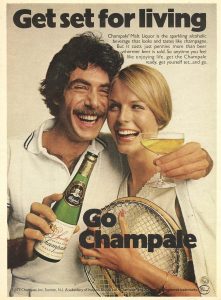


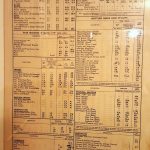




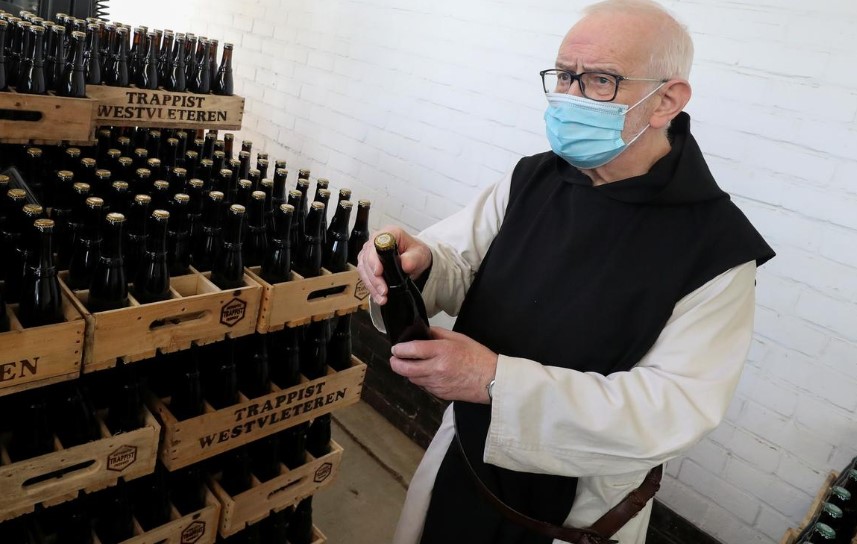
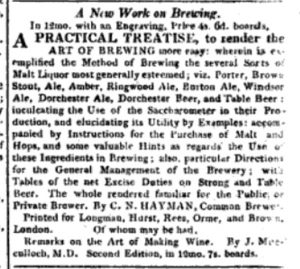
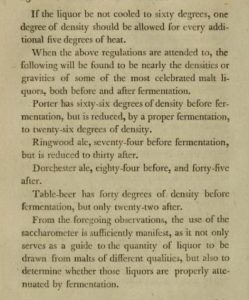
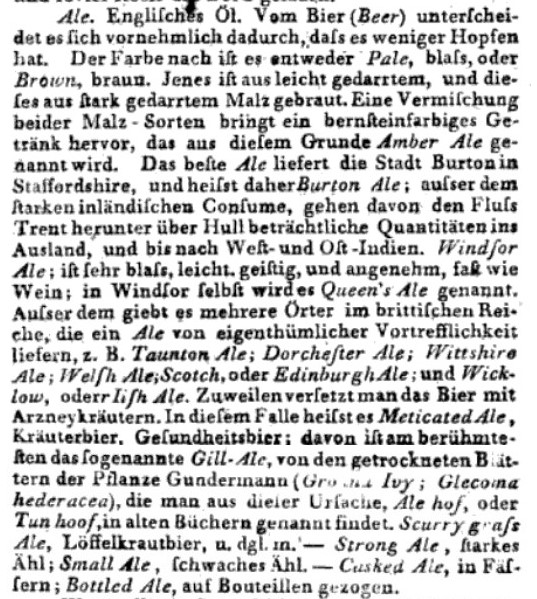 In an
In an 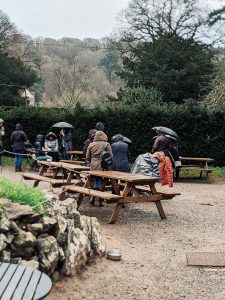 Like you, I am tired. End of year tired. I was tired on Christmas Eve and Christmas Day offers no rest. It feels like the end of a university term and tomorrow we travel. 2019 was a good and busy year – and next week, in my fifty-seventh year, I enter my seventh decade on the planet. I need a rest. So I will be brief this week if only to see if I can get in another nap.
Like you, I am tired. End of year tired. I was tired on Christmas Eve and Christmas Day offers no rest. It feels like the end of a university term and tomorrow we travel. 2019 was a good and busy year – and next week, in my fifty-seventh year, I enter my seventh decade on the planet. I need a rest. So I will be brief this week if only to see if I can get in another nap. 
